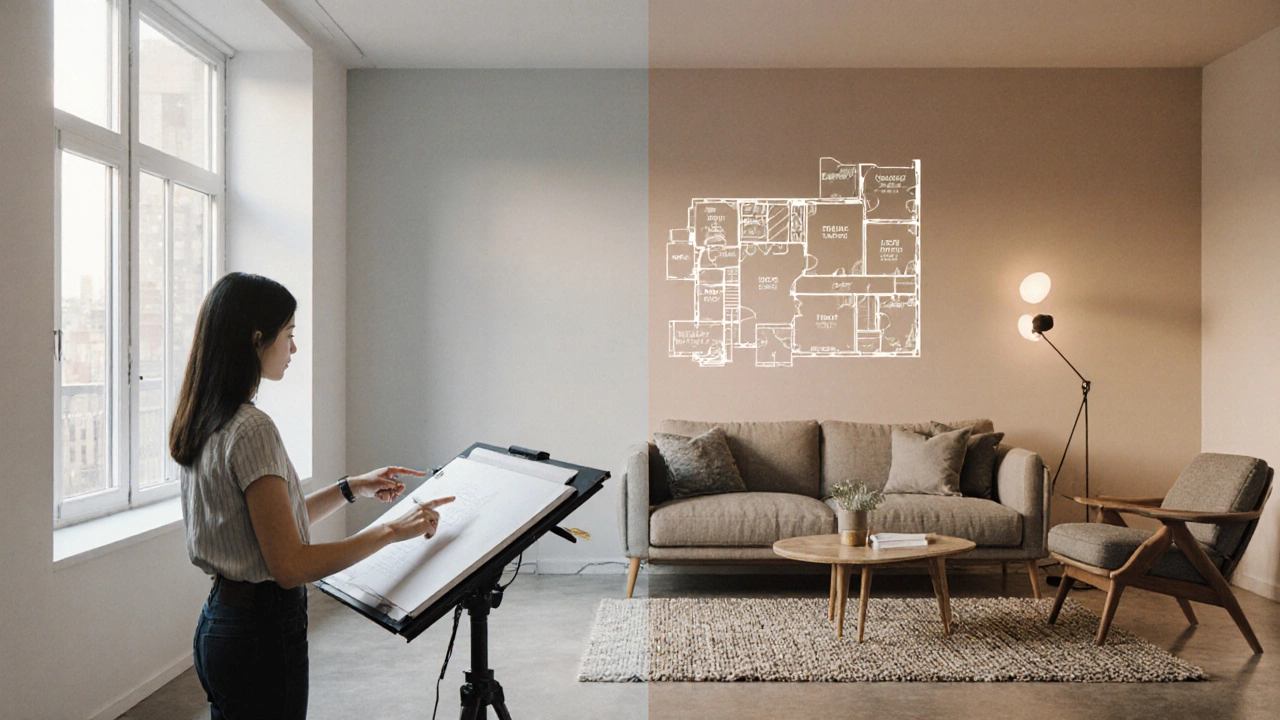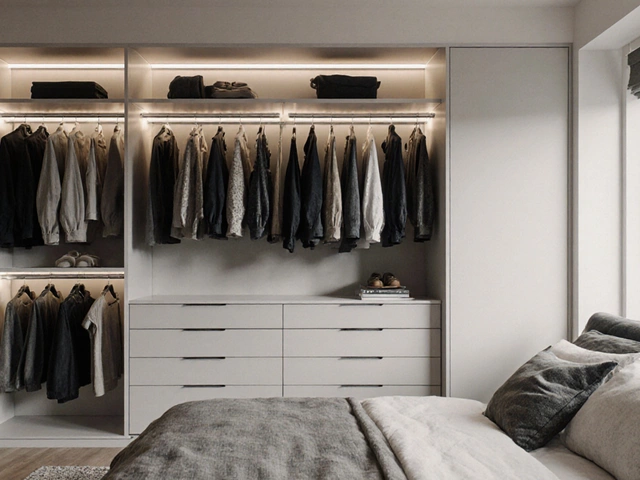Interior Design Education: Master the Art of Creative Spaces
When talking about Interior Design Education, the systematic learning of visual, functional, and psychological principles that shape interior spaces. Also known as interior design training, it equips anyone from hobbyists to pros with the tools to turn rooms into purposeful places. Color Psychology, the study of how hues affect mood and perception in a room is a core pillar, while Curtain Colors, choices of fabric shades that influence light, depth, and style bring the theory into daily decisions. A solid grasp of Wallcoverings, materials applied to walls, from wallpaper to modern panels rounds out the skill set, allowing designers to control texture, acoustics, and visual impact.
Key Topics Covered in Interior Design Education
Want to boost your interior design education? You’ll start with color psychology, learning why cool blues calm a bedroom while warm reds energize a kitchen. That knowledge directly shapes curtain colors – picking light fabrics for small rooms can make spaces feel larger, whereas bold hues add drama to larger areas. Next comes wallcoverings; modern alternatives like fabric panels or textured finishes replace traditional wallpaper, offering both aesthetic flair and sound dampening. Together, these elements form a design language that lets you communicate mood without saying a word. The curriculum also dives into space planning, teaching you how to map furniture flow, balance traffic patterns, and respect structural limits during home renovation projects.
Practical exercises link theory to real rooms. For instance, you might assess a client’s bedroom, apply color psychology to choose a soothing palette, select curtain colors that enhance natural light, and recommend a wallcovering that adds subtle texture without overwhelming the space. This hands‑on approach shows how interior design education encompasses color psychology, fabric choices, and wall treatments, creating environments that feel both beautiful and functional. You’ll also learn budgeting basics, so you can suggest cost‑effective yet high‑impact upgrades during home renovation.
Beyond aesthetics, interior design education stresses sustainability. Knowing which fabrics are eco‑friendly, how to source low‑VOC wallcoverings, and ways to recycle old curtains helps you craft greener interiors. This ties back to color psychology, as natural tones often promote wellbeing while also supporting sustainable sourcing. By the end of a course, you’ll understand how all these pieces – color, curtains, wallcoverings, layout – interlock to form a cohesive design strategy that can be applied in any renovation or new‑build project.
Advanced learners explore how technology reshapes interior design education. Virtual reality mock‑ups let you test curtain colors and wallcoverings before they’re installed, while digital mood boards streamline the color psychology process. These tools amplify the traditional syllabus, giving you a modern edge. Whether you’re a DIY homeowner or an aspiring professional, the blend of classic principles and tech‑driven methods ensures your skill set stays relevant.
All this knowledge builds a foundation for confident decision‑making. When you walk into a showroom, you’ll instantly recognize the impact of a hue on mood, the way a curtain’s shade can open up a cramped space, or how a wallcovering’s texture can soften acoustic harshness. That confidence translates into better client conversations, smarter purchase choices, and smoother renovation timelines. Below, you’ll find articles that dive deeper into each of these topics, offering step‑by‑step guides, trend reports, and troubleshooting tips to keep your interior design education practical and up‑to‑date.
Start an Interior Design Career: Step‑by‑Step Guide
A step‑by‑step guide on launching an interior design career, covering education, portfolio building, experience, certification, and job‑search tactics.
full article




